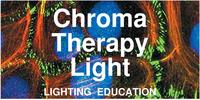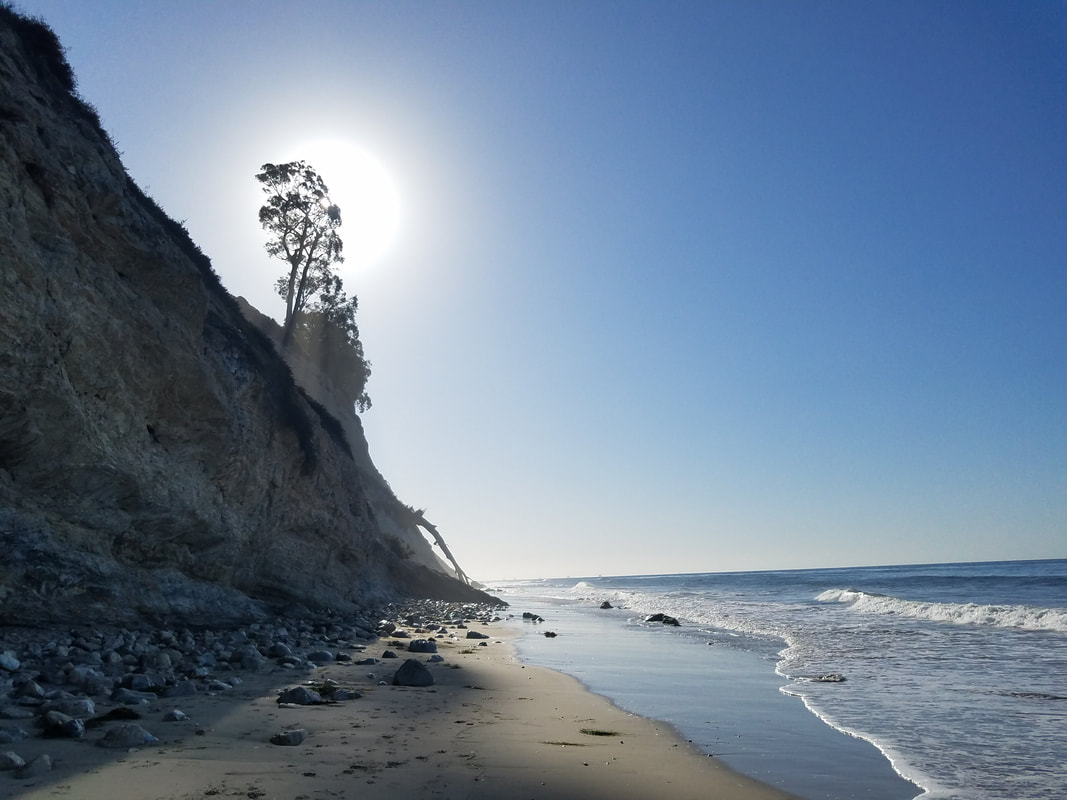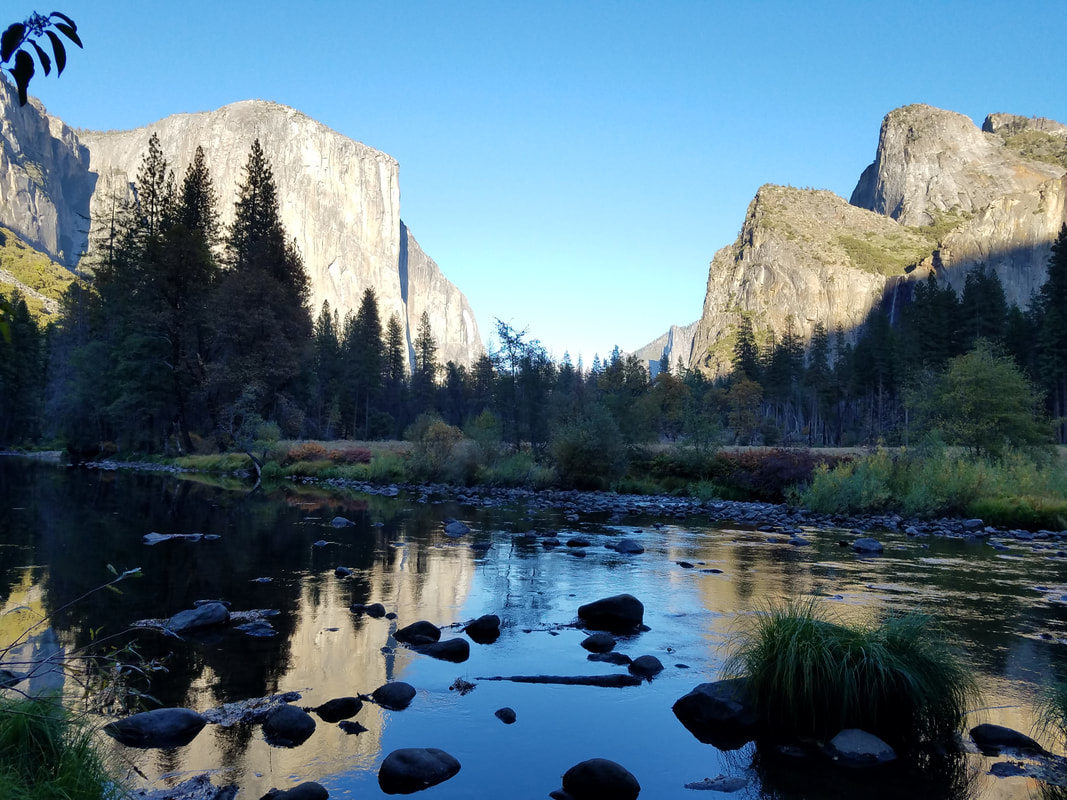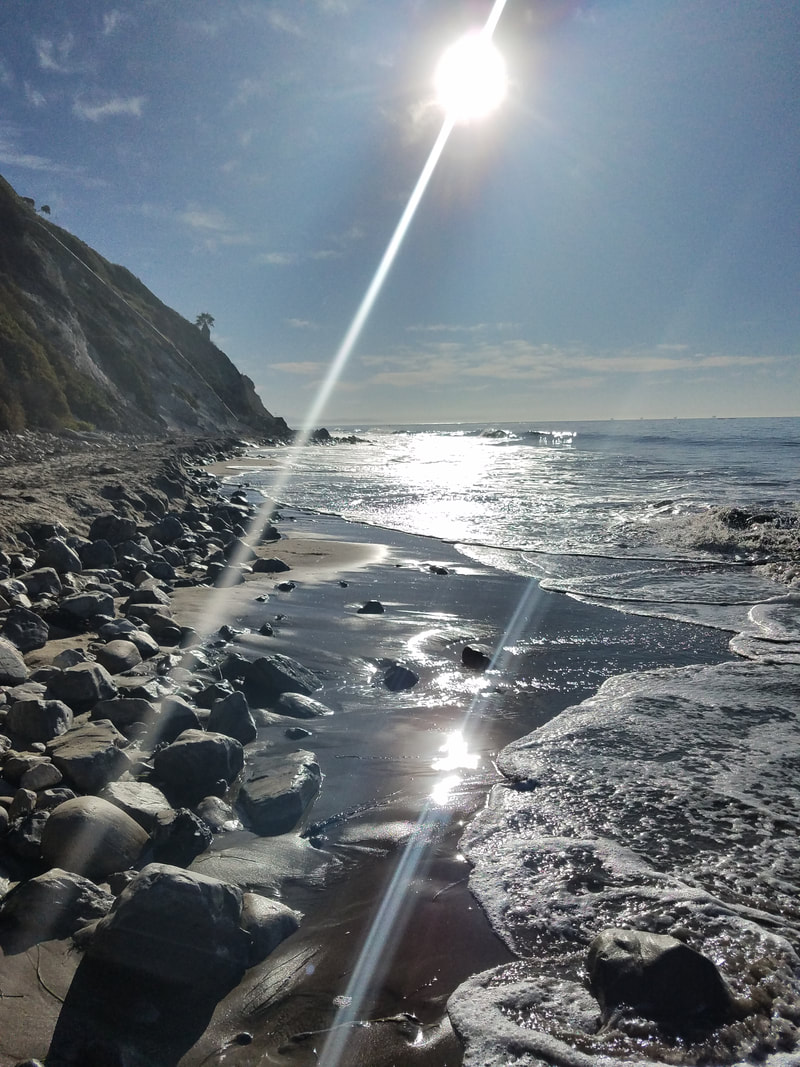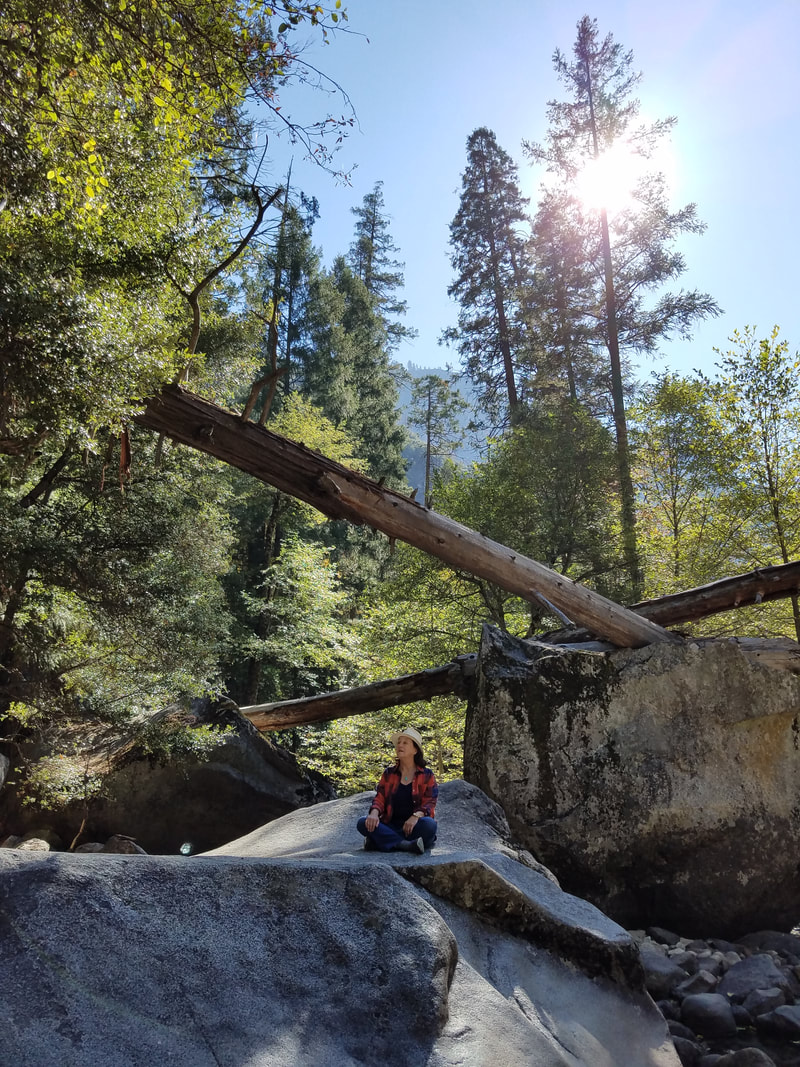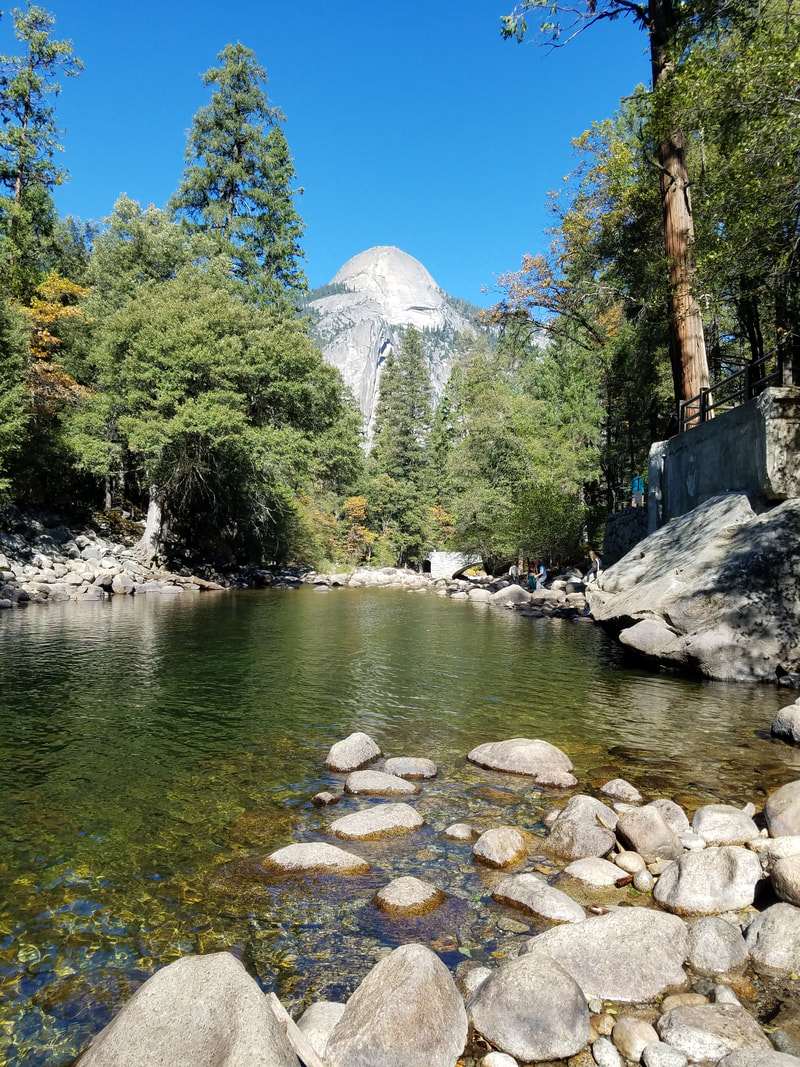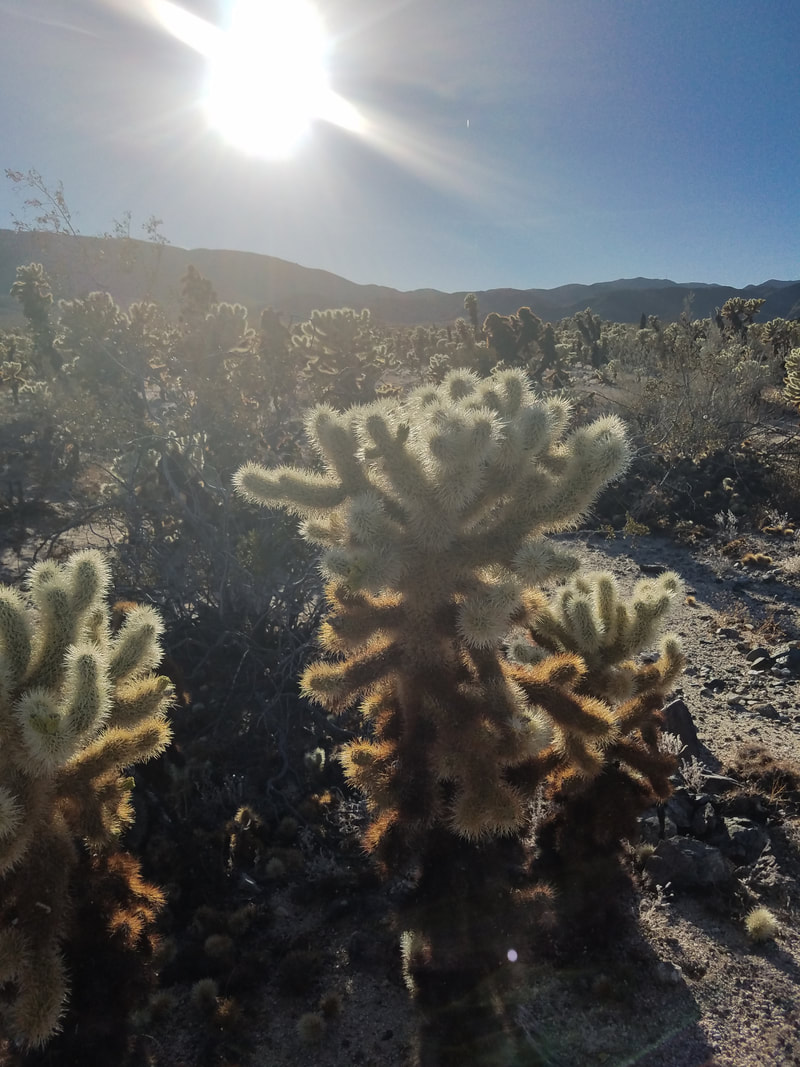Vitamin D & Light - Learning Objectives
LED lighting is extremely low in UV emissions.
With the adoption of more LED sources of light, we are getting even less UV each day. Filtered glass in windows and cars also limits our exposure.
Yes, overexposure to UV can cause skin damage and cancer, yet our bodies need some UV for the production of vitamin D, necessary for strong bones. For patients over age 60, vitamin D is often prescribed along with calcium, consult your doctor. Vitamin D and Sunlight
Sunlight on the Skin
Calcium and vitamin D are essential to maintaining healthy bones through out life. Osteoporosis, the most common disease of the bones, characterized by a decrease in bone mass and density, is often called the silent epidemic. Worldwide osteoporosis afflicts an estimated one-third of women aged 60 to 70, and two-thirds of women aged 80 or older. Vitamin D deficiency can be prevented by sun exposure. A Japanese study of 258 stroke patients 65+ years old, half of which were exposed to sunlight on their face and hands for 15 minutes per day for a year, and half (control group) of whom maintained their normal activities without any specific activity for sunlight exposure, found that hip fractures significantly decreased by 84% in the sunlight-exposed group. Also, bone mineral density increased by 3.1% in the sunlight-exposed group, and decreased 3.3% in the control group (Sato Y, Metoki N, Iwamoto J and Satoh K. Amelioration of osteoporosis and hypovitaminosis D by sunlight exposure in stroke patients. Neurology 2003; 61:338-342). Most window glass blocks the ultraviolet light need for vitamin D synthesis, so plan to go outdoors without sunscreen, make-up, or lotions which might include sunscreen, for 15 minutes per day exposing the face and hands. It is best to avoid the two hours before or after 12:00 noon. [1] When is vitamin D released in your body?
Our ancestors evolved under the natural cycles of daylight and dark nights. Light is energy that influences mind and body - many chemicals in our bodies are controlled by light including vitamin D.
Vitamin D3 is produced photochemically. After daytime exposure to sunlight's Ultraviolet rays, (UVB), your body processes the effects through your body's organs; skin, bloodstream, liver, and kidney converting the sunlight into vitamin D at night. If you take vitamin D supplements with your calcium, taking it at night, is closest to your natural rhythm.
The major natural source of vitamin D is synthesis of cholecalciferol in the skin from cholesterol through a chemical reaction that is dependent on sun exposure (specifically UVB radiation). The scoop on vitamin D deficiency - from Monique Tello, MD, MPH - Feb 12, 2018 from Harvard Health Publishing [2]
"Many New England-dwelling (and Northern hemisphere) residents are at risk for a dip in vitamin D levels during the long, dark winter months. In my own practice I do consider that a risk factor, and I advise a vitamin D supplement of 1,000 IUs daily. For people who would rather avoid a supplement but may need a boost of vitamin D, it is also found in some common foods, including sardines, salmon, tuna, cheese, egg yolks, and vitamin-fortified milk. I will add that, for those who fall into the “healthy community-dwelling adult” category, a supplement of anywhere from 400 to 2,000 IUs of vitamin D daily is not likely to cause harm. Yes, vitamin D toxicity is a thing, usually seen at levels above 80 ng/ml, which causes excessive calcium to be released into the bloodstream. This is rare, but I have seen it in patients who took high-dose vitamin D supplementation of 50,000 IUs weekly over a long period of time." [2]
Other important and effective ways to protect your bones 'There are other methods that may be more effective at maintaining bone health and reducing fracture risk. One that we can likely all agree on is regular physical activity. Weight-bearing exercise like walking, jogging, tennis, and aerobics definitely strengthens bones. Core exercises like yoga and Pilates can improve balance. All of this can help reduce falls and fracture risk. And so, in the end, I am recommending what I always end up recommending: a Mediterranean-style diet rich in colorful plants, plenty of legumes, fish, plus low-sugar, low-fat dairy and plenty of varied physical activity throughout your entire life… and maybe calcium and/or vitamin D supplementation for certain people, following a discussion with their doctors." [2] |
Aging and Vitamin D
As we age, our body has more difficulty converting sunlight into D3.
"After equal doses of sunlight exposure, a 70-year-old person produces 75% less vitamin D3 than a 20-year-old person." [3] Vitamin D deficiency can result in lower bone mineral density and an increased risk of reduced bone density (osteoporosis) or bone fracture because a lack of vitamin D alters mineral metabolism in the body. [4] Medications may speed up the metabolism of vitamin D, causing a deficiency. [5] Rickets among infants & children
Vitamin D deficiency remains the main cause of rickets among young infants in most countries, because breast milk is low in vitamin D and social customs and climatic conditions can prevent adequate sun exposure. In sunny countries such as Nigeria, South Africa, and Bangladesh, where rickets occurs among older toddlers and children, it has been attributed to low dietary calcium intakes, which are characteristic of cereal-based diets with limited access to dairy products. [6]
Vitamin D or D3
There are five forms of Vitamin D - D1, D2, D3, D4 and D5. The most important forms used by the body are D2 and D3. Supplemental Vitamin D comes in either of these two forms:
Therapy prescriptions vary, and there is conflicting evidence that vitamin D2 or D3 are more effective, some indicate that they are equal for maintaining 25(OH)D status. [7] Forest Bathing - Shinrin-yoku
Shinrin-yoku is a term that means "taking in the forest atmosphere" or "forest bathing." The idea is simple: if a person simply visits a natural area and walks in a relaxed way there are calming, rejuvenating and restorative benefits to be achieved. Benefits of Forest Bathing / Shinrin-yoku include:
Footnotes
Photo Credits
All photos by Trish Odenthal, all rights reserved.
Related Topics
Cholla Cactus Garden in Joshua Tree National Park
|
- Home
-
- CHROMA Topics
- Color Spectrum - Light is Energy
- Color in Light
- Color in Nature
- Color in Paint
- Why does paint fade?
- Color Names & Meanings
- Color Phenomena
- Color Perception is Individual
- Color In Fashion
- Color for your home
- Color in Space
- Color Blindness
- Color Blind Interview
- Synesthesia
- Synesthete Deborah Borrowdale-Cox
- Synesthete Stephen Orr, BH&G Editor
-
- Circadian & THERAPY Topics
- Circadian Explained
- Circadian Ganglion Cells
- Circadian Melatonin
- Circadian Animals
- Circadian Research
- Autism & Lighting for the Spectrum
- Blue Light Dimming Apps
- Red Night Lights
- Vitamin D & Light
- SAD - Seasonal Affective Disorder
- Alzheimers and Light Therapy
- Photosensitivity - Light Sensitive Drugs
- Red Light Therapy
- Sleep & Lighting
- Dreams and Second Sleep
- NASA - Lighting in Space & Undersea
- Jet Lag
- Sunglasses
- Chakras
- Crystals, Minerals, & Gemstones
-
- LIGHTing Design Topics
- UV Germicidal Disinfection Light
- LED Lighting Facts Card
- CRI - Color Rendering Index
- LED TM-30
- LED Kelvin Color
- LED LPW
- LED Flicker
- LED Glare
- OLED - Organic LED
- Human Centric Lighting
- Lighting with Daylighting
- Lighting for Healthy Buildings & Zero Net Energy
- Lighting for Healthcare
- Lighting for Horticulture
- Lighting for Hospitality & LED Retrofits
- Lighting for Museums
- Lighting for Seniors & Low Vision
- Lighting Design Tips & Codes
- Parking Lot Lighting
- Solar Lighting for Humanity & World Health
- Davis Insectary Garden
- Santa Barbara Mesa Insectary Garden
- Home
-
- CHROMA Topics
- Color Spectrum - Light is Energy
- Color in Light
- Color in Nature
- Color in Paint
- Why does paint fade?
- Color Names & Meanings
- Color Phenomena
- Color Perception is Individual
- Color In Fashion
- Color for your home
- Color in Space
- Color Blindness
- Color Blind Interview
- Synesthesia
- Synesthete Deborah Borrowdale-Cox
- Synesthete Stephen Orr, BH&G Editor
-
- Circadian & THERAPY Topics
- Circadian Explained
- Circadian Ganglion Cells
- Circadian Melatonin
- Circadian Animals
- Circadian Research
- Autism & Lighting for the Spectrum
- Blue Light Dimming Apps
- Red Night Lights
- Vitamin D & Light
- SAD - Seasonal Affective Disorder
- Alzheimers and Light Therapy
- Photosensitivity - Light Sensitive Drugs
- Red Light Therapy
- Sleep & Lighting
- Dreams and Second Sleep
- NASA - Lighting in Space & Undersea
- Jet Lag
- Sunglasses
- Chakras
- Crystals, Minerals, & Gemstones
-
- LIGHTing Design Topics
- UV Germicidal Disinfection Light
- LED Lighting Facts Card
- CRI - Color Rendering Index
- LED TM-30
- LED Kelvin Color
- LED LPW
- LED Flicker
- LED Glare
- OLED - Organic LED
- Human Centric Lighting
- Lighting with Daylighting
- Lighting for Healthy Buildings & Zero Net Energy
- Lighting for Healthcare
- Lighting for Horticulture
- Lighting for Hospitality & LED Retrofits
- Lighting for Museums
- Lighting for Seniors & Low Vision
- Lighting Design Tips & Codes
- Parking Lot Lighting
- Solar Lighting for Humanity & World Health
- Davis Insectary Garden
- Santa Barbara Mesa Insectary Garden
